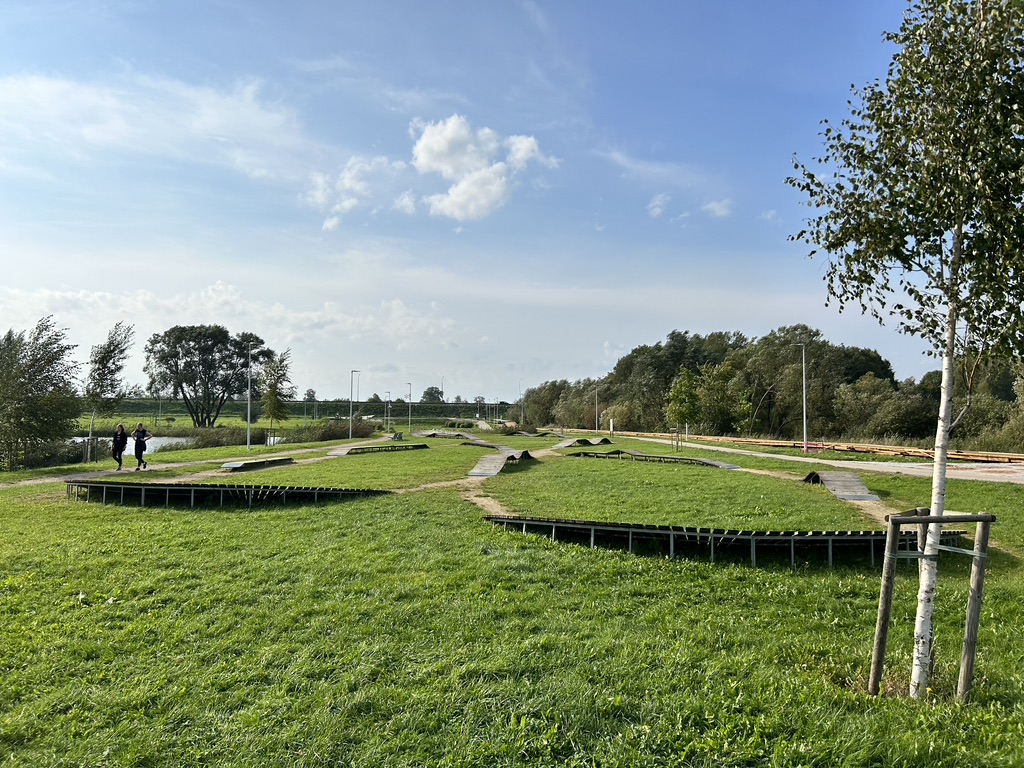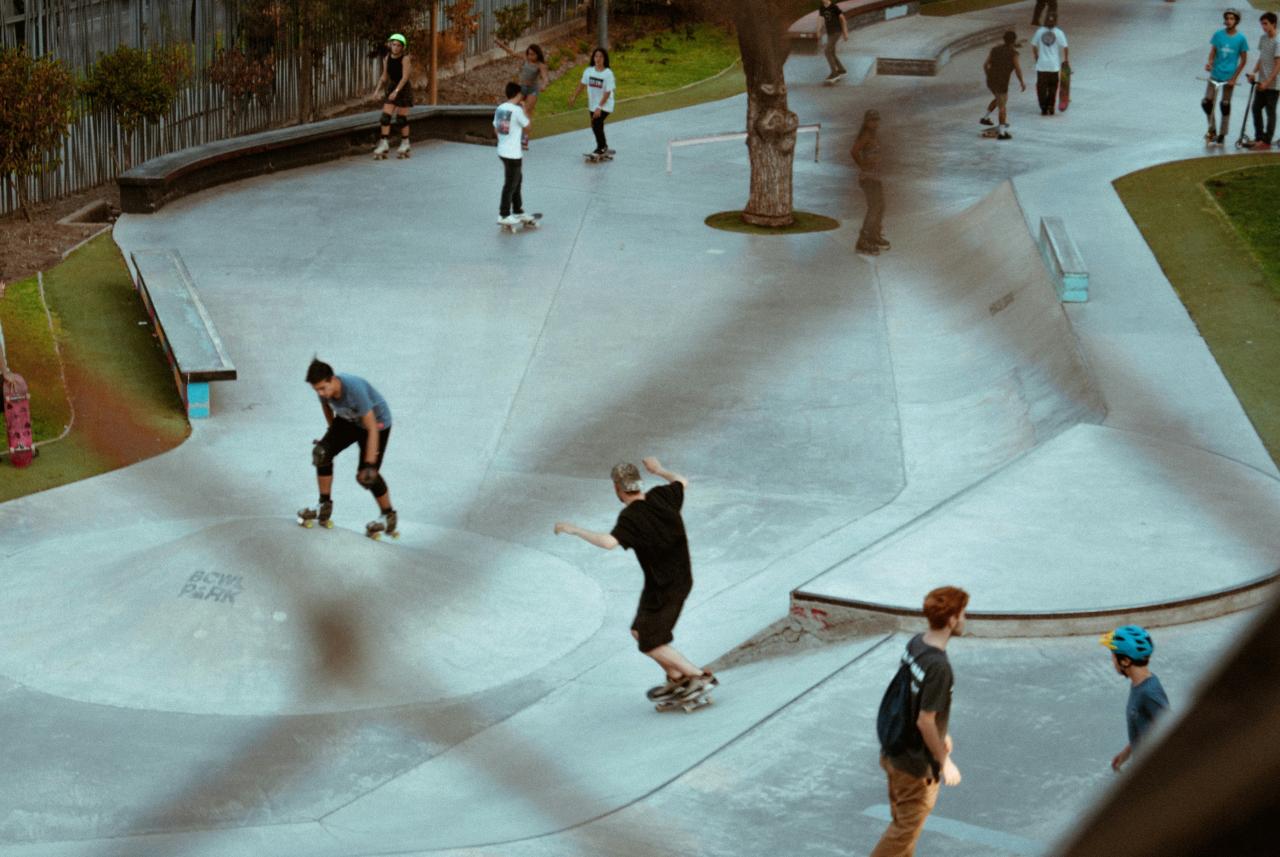Learning from the Olympics: Integrating Sport into Urban Life
The recent conclusion of the Paris 2024 Olympic Games left a legacy that underscores the transformative power of integrating sports into urban environments. This event showcased how sports can be seamlessly woven into the fabric of our cities—not just through large, specialized infrastructure for Olympic or professional competitions, but through facilities that are accessible to all citizens. This new paradigm in urban design is particularly relevant for European cities, which often struggle with aging grassroots sports infrastructure, underused public spaces, and a lack of adequate recreational areas that cater to the needs of active communities. The Paris 2024 Olympics introduced the idea that sports can be an integral part of urban life, rather than being confined to isolated venues. Sports like skateboarding, BMX freestyle, and 3x3 basketball, which have deep roots in street culture, are now recognized on the Olympic stage. This shift provides a unique opportunity to rethink how we design and use public spaces, especially in cities where historical preservation and limited space often constrain the urban landscape. Furthermore, in many neighborhoods built in the last century to meet housing demands, there is a pressing need for urban regeneration. These areas frequently suffer from poor urban quality, lacking both public spaces and green areas. The inclusion of sport-based solutions, centered around the concept of street sports, could be a key approach to addressing these challenges. Such spaces offer active, engaging environments that cater to the needs of adolescents and the broader community. Integrating sports into the urban fabric is not only a green and healthy solution but also one that meets the growing demand for local, accessible spaces where young people can stay active, safety and socially engaged.
Sport Urbanism: Redefining Cityscapes with Green, Regenerated Active Spaces
Sport urbanism is increasingly recognized as a crucial strategy in the regeneration of cities. This approach involves designing urban spaces that prioritize physical activity, community interaction, and environmental sustainability. By integrating sports facilities, parks, and green corridors into urban areas, cities can create environments that promote health, well-being, and social cohesion.
A standout example comes from Paris, where the Green Belt Sports Trail—a 40-kilometer project connecting major Olympic sites with local communities—blends sports, culture, and biodiversity into the fabric of the city. This initiative demonstrates how sport-based solutions can enhance the beauty, functionality, and inclusivity of urban spaces. The success of the Green Belt Sports Trail highlights the potential of sport urbanism to transform cities, providing residents with access to high-quality sports facilities while encouraging outdoor activities in safe, accessible, and aesthetically pleasing environments.

Green Belt Sports Trail - Paris
Sport urbanism is a planning approach that aims to promote physical activity and sport in cities, integrating them into urban planning. Plans involve the creation and improvement of sports infrastructure, such as parks, outdoor gyms, cycle paths and pedestrian areas, to encourage an active lifestyle among citizens. The aim is to make sport accessible to all, improve public health and contribute to social cohesion, transforming cities into more livable and sustainable spaces. The approach also includes the involvement of the local community, the use of innovative technologies for the management of sports facilities, and the integration of sport with other urban policies, such as sustainable mobility and urban regeneration.
In an era of rapid urbanization, the demand for green and active spaces has never been greater. These spaces are about more than just aesthetics and sustainability; they are vital for the physical and mental well-being of residents. Sport-based solutions offer a dynamic way to reclaim and revitalize underused areas, turning them into vibrant hubs of community activity. By incorporating sports into urban design, cities can address multiple challenges simultaneously. These include improving public health, reducing environmental impacts, and fostering social connections. For example, while facilities for sports like skateboarding and 3x3 basketball often require paved surfaces, it is crucial to balance these with green spaces where people can relax, socialize, and enjoy the environment. Integrating benches, trees, and even Wi-Fi into these areas can create a harmonious blend of active and passive recreational spaces, contributing to the overall sustainability and attractiveness of the urban environment.
Engaging Youth Through Sport
One of the most pressing issues in urban environments today is the need to provide safe, engaging spaces for young people. Adolescents, in particular, benefit from access to recreational areas where they can socialize, stay active, and develop healthy habits. Sport-based urbanism can play a crucial role in meeting these needs.
The URBACT "Re-Gen" network, comprising nine cities across Europe, is at the forefront of this movement. These cities are experimenting with innovative ways to promote street sports among young people, integrating these activities into public spaces that are designed for and with youth. Initiatives such as street sport festivals serve to gauge interest and test the potential of these activities in specific urban contexts, while participatory tools like urban walks and urban hackathons engage teenagers directly in the co-design process. During the hackathons, teens, organized into groups and guided by mentors, develop ideas and co-create urban regeneration projects focused on sport and inclusive green spaces, often with a gendered perspective.
 Esplanade Park – Daugavpils
Esplanade Park – Daugavpils
Looking Ahead: Urban Sport Hubs
As cities continue to evolve, the concept of Urban Sport Hubs is gaining traction, particularly within the Re-Gen network. These hubs are designed to be central to urban life, providing accessible and attractive spaces where residents, especially adolescents, can engage in sports and recreation. By focusing on the needs of young people, these hubs aim to tackle issues such as youth disengagement and urban blight, while enhancing the overall quality and beauty of urban neighborhoods. The success of projects promoting green and urban sport spaces, like the Green Belt Sports Trail and similar initiatives around the world, highlights the potential of sport-based solutions to create healthier, more vibrant, and inclusive cities. As we look to the future, embracing sport urbanism could be the key to transforming our urban landscapes into spaces that truly serve the needs of all residents.
The cities within the Re-Gen network are committed to developing Urban Sport Hubs as regenerated spaces created with and for young people. These hubs are envisioned as vibrant centers where informal sports, street sports, and community events—ranging from music and cultural festivals to traditional markets—can thrive. These dynamic spaces are designed to be the beating hearts of neighborhoods, changing their face and function throughout the day and across seasons, yet always remaining places revitalized through the eyes of the youngest members of the community. In creating such youth-friendly urban environments, these cities are not only addressing the needs of today but are also laying the groundwork for a more vibrant and sustainable future.
Follow us and discover more in the Re-Gen Quarterly Journals

